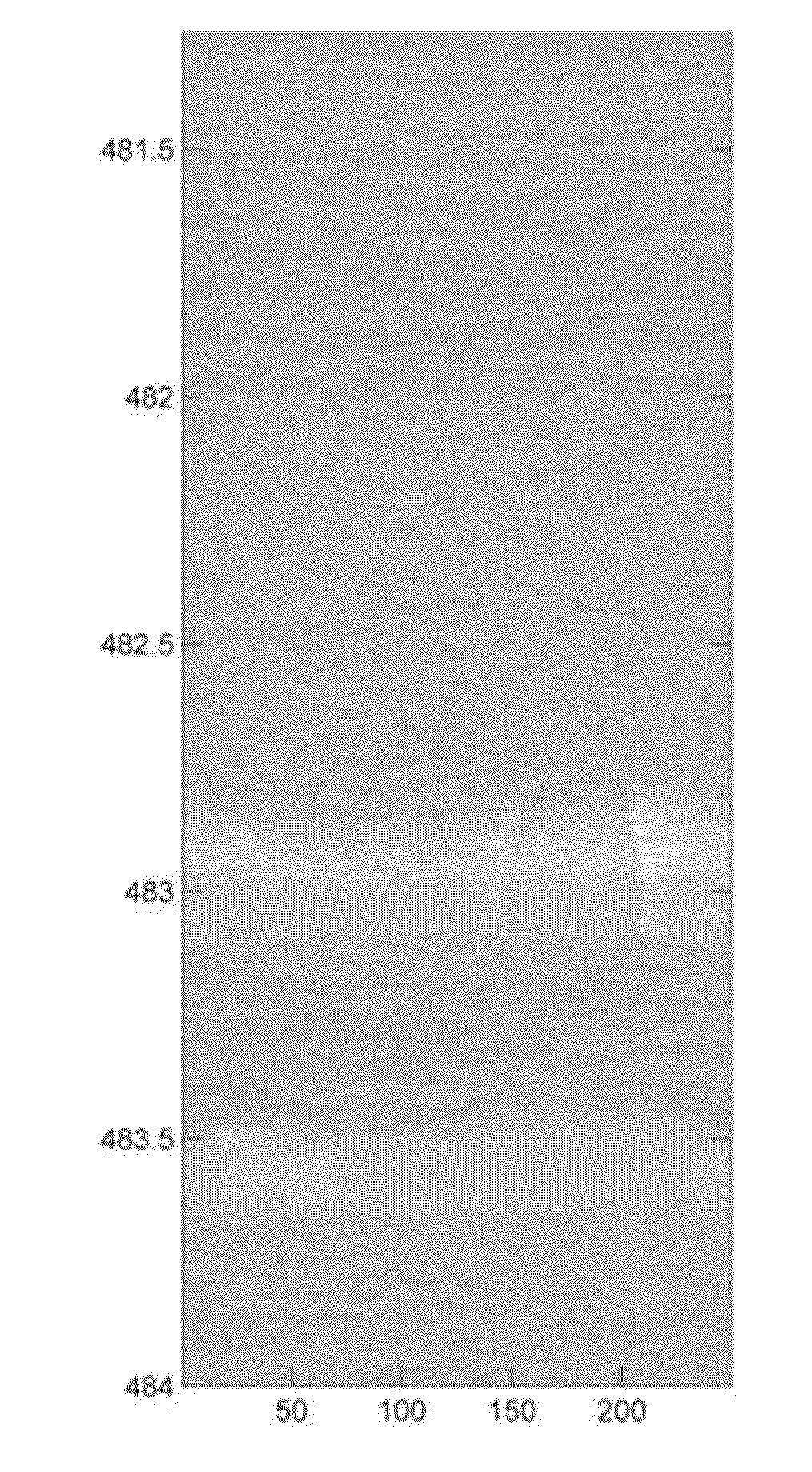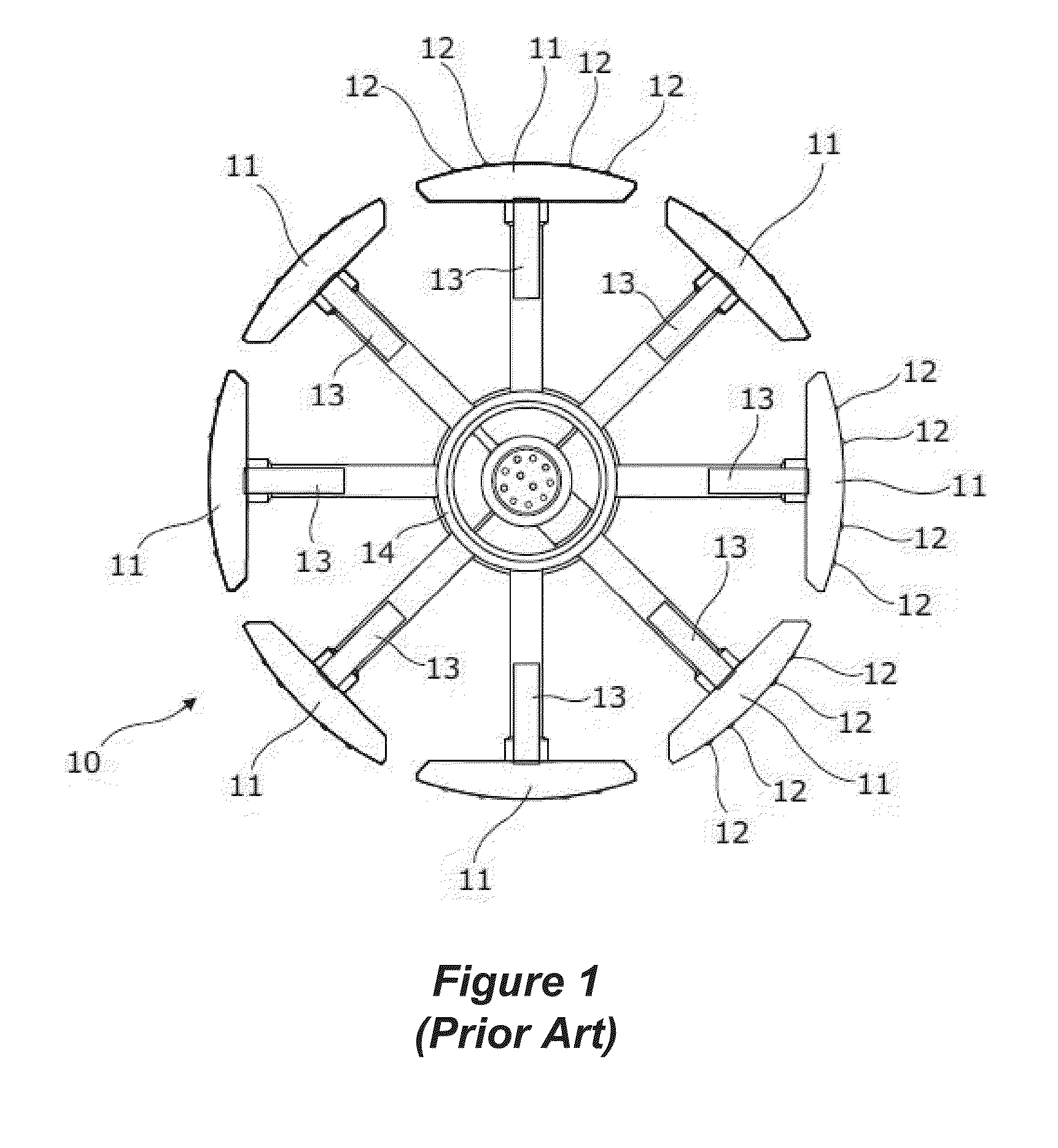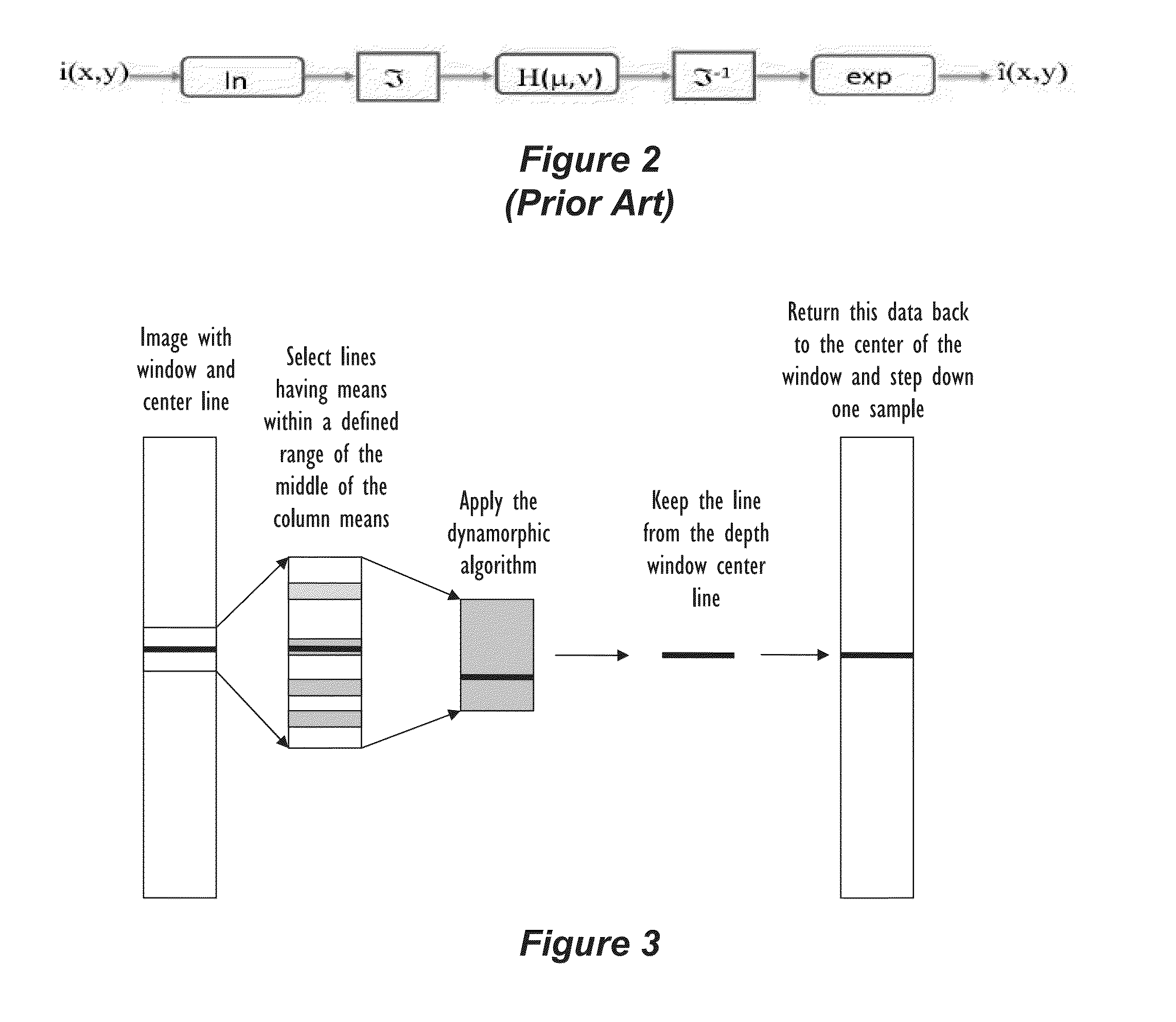Borehole Log Data Processing Methods
a technology of boreholes and log data, applied in the field of improved borehole log data processing methods, can solve the problems of ghosting, inability to accurately predict the effect of the color of the same well, and inability to achieve the effect of improving the detail
- Summary
- Abstract
- Description
- Claims
- Application Information
AI Technical Summary
Benefits of technology
Problems solved by technology
Method used
Image
Examples
Embodiment Construction
[0093]Referring to the representations, the methods of the invention are described in the following sections, in which the sub-headings indicate the various aspects of the invention.
[0094]Illumination-Reflectance Model
[0095]An image can be considered as a 2D function of the form i(x, y), value of which at spatial coordinates (x,y) is a positive scalar quantity physical meaning of which is determined by the source of the image. In the case of grayscale images, when an image is generated from a physical process its values are proportional to energy radiated by a physical source. In other words, an image is an array of measured light intensities that are a function of the amount of light reflected off the objects in the scene.
[0096]The intensity is a product of illumination (the amount of source illumination incident on the scene being viewed) and reflectance (the amount of illumination reflected by the objects in the scene). Note that this is still valid for resistivity log images, ev...
PUM
 Login to View More
Login to View More Abstract
Description
Claims
Application Information
 Login to View More
Login to View More - R&D
- Intellectual Property
- Life Sciences
- Materials
- Tech Scout
- Unparalleled Data Quality
- Higher Quality Content
- 60% Fewer Hallucinations
Browse by: Latest US Patents, China's latest patents, Technical Efficacy Thesaurus, Application Domain, Technology Topic, Popular Technical Reports.
© 2025 PatSnap. All rights reserved.Legal|Privacy policy|Modern Slavery Act Transparency Statement|Sitemap|About US| Contact US: help@patsnap.com



